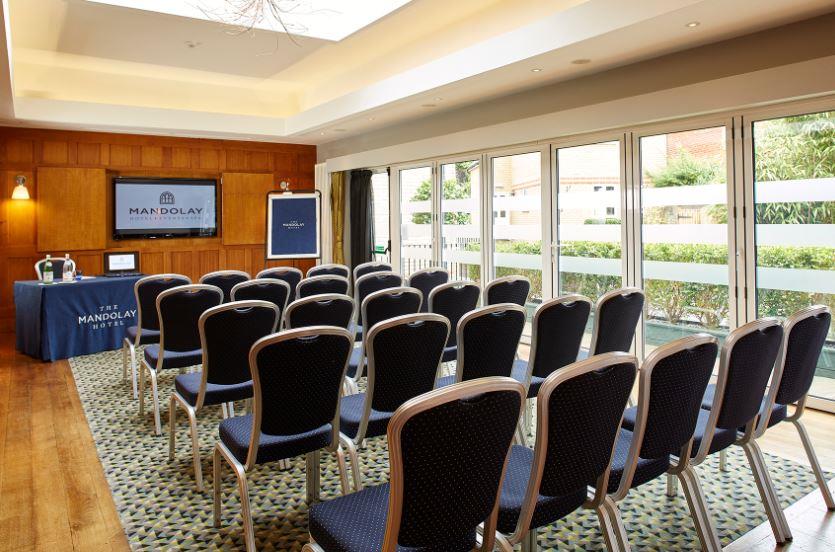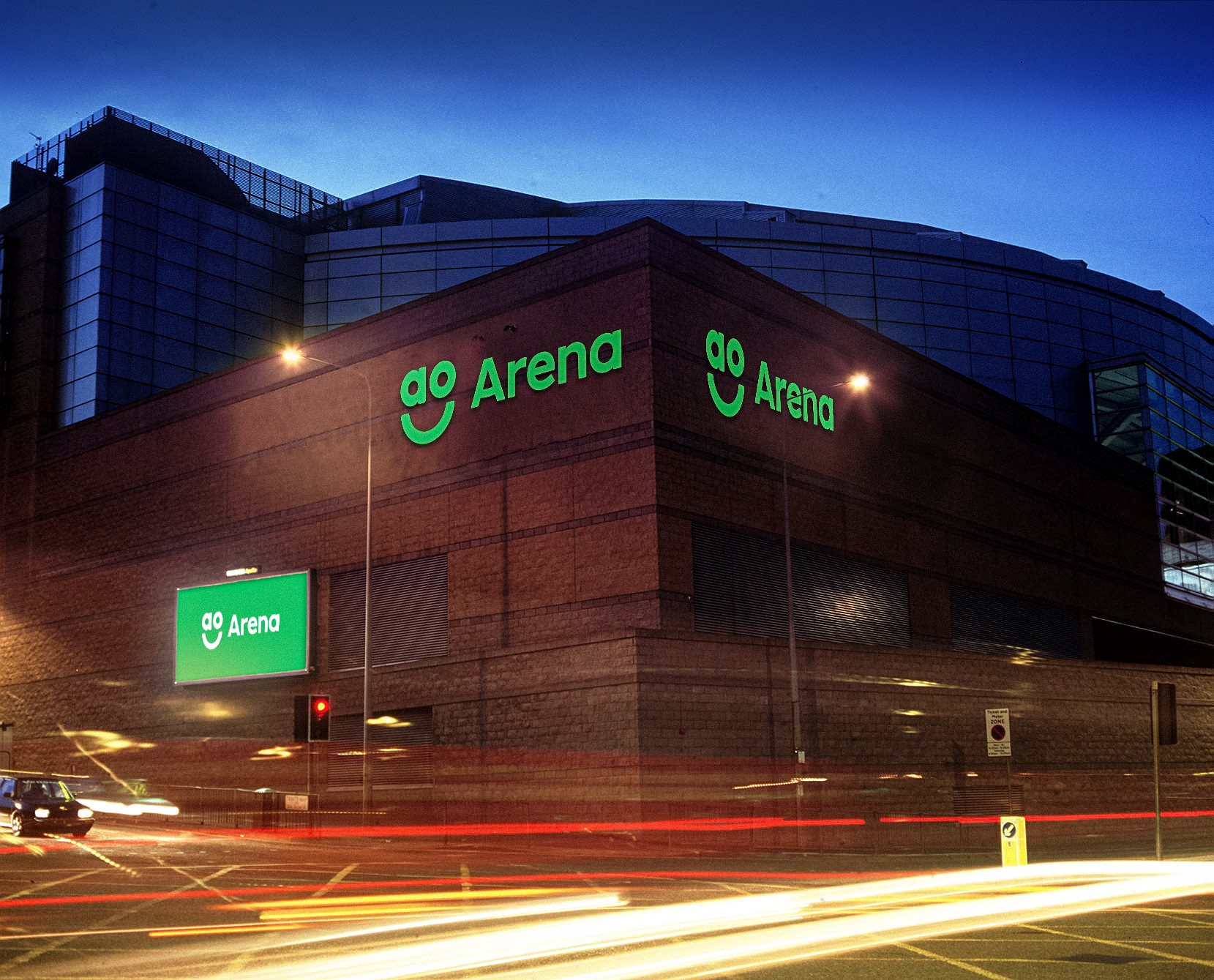Venue sourcing specialists Grass Roots HBI launched the third (2009) edition of its Meetings Industry Report today, offering insights into the current and future picture of the UK meetings industry with highlights from a European and Global perspective. The Report pulls together data from over 70 industry associations, trade bodies and commercial companies as well Grass Roots HBI’s own research.
Grass Roots HBI, which placed £120+ million of meetings spend on behalf of its corporate clients last year, reports shrinking venue rates with reductions of between 5% and 10% already achieved during the first few weeks of 2009. The agency predicts reductions of up to 30% during this year.
Grass Roots HBI works with many of the FTSE 100 companies and Des McLaughlin, Managing Director, reports: “Our clients are increasingly taking a longer-term approach, appreciating that we can best negotiate rates on their behalf when looking at total requirements over a 3-6 month period rather than per meeting. Even with shorter lead-times this means we can achieve much greater leverage on cancellation penalties. We already save our clients around 30% each year against published rates, and hope to improve on this figure this year.”
Grass Roots HBI reveals that meeting rates increased by just under 2% in 2008 compared to 2007. London continued to be the most expensive meeting destination in the UK during 2008, at an average £60.64 for day delegate and £228.04 for 24-hour rates. At the other end of the spectrum, the lowest average day delegate rates (DDR) were in the South West at £47.12 and in the North East for 24-hour rates at £126.66.
Paris, Milan and Geneva were the most expensive international cities in which to meet with an average €94 four-star DDR rate. Budapest (€50), Brussels (€56) and Lisbon (€62) were the cheapest.
With companies looking to maximise their meetings and event budgets, Grass Roots HBI reports an increase in demand for teleconferencing facilities in meetings, particularly to save time and travel costs for senior executives. Other changes in the market include increasing compliance and mandates around how meetings are sourced.
McLaughlin says: “The next step is to look at the total cost of event management beyond venue space, accommodation and catering to include live production costs, communications, registration and broader logistics”.
The 175 page Report contains a huge amount of data regarding the Meetings Industry including:
The Meetings & Events Market
* Contributes £22 billion to the UK national economy each year and supports 500,000 jobs
* 80 million people attend 1.5 million UK meetings and conferences each year
* The average working person spends eight working weeks per year in meetings
* 67% of UK office workers travel to at least one meeting per week
* European companies spend circa €100 billion on meetings
* Worldwide meetings expenditure is circa US$300 billion
2009 – Meetings market predictions & key findings
• Up to 30% off rack savings available
• Meeting and event budgets will fall by 6%. 17% of corporate planners and 12% of association meeting planners predict budget reductions
• Corporate planners foresee a 9% drop in volume, but agents expect only a reduction of 0.5%
• Greater creativity & innovation will be invaluable. Planners and suppliers expect innovations (including currently unknown standards and practices) to emerge that will make the industry more efficient and effective in the long term
• 11% of meeting professionals expect an increase in the use of technology – especially on-site – to access meetings and content remotely, in order to help lower overall costs
• 74% of organisations holding meetings and events measure ROI. The primary measure of ROI is the satisfaction of the meeting attendees
• Face-to-face meetings are considered to have the highest ROI of all marketing tools
• Focus on domestic meetings rather than international
• Move away from experiential events towards a minimalist approach
• Lead times even shorter
Source: Grass Roots HBI/MPI FutureWatch 2009 survey







